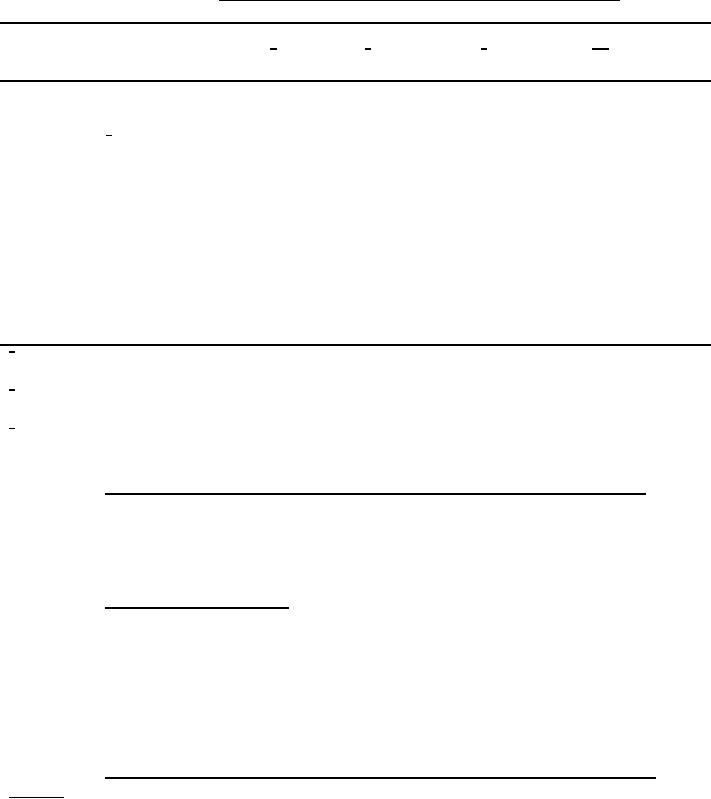 |
|||
|
Page Title:
Table II Standard comparison compound formulae |
|
||
| ||||||||||
|
|  MIL-C-10578D
Table II.
Standard comparison compound formulae
1/
1/
1/
1,2/
Materials
Type I
TypeII
Type III
Type IV
Type V
Phosphoric acid
118 mL
35 mL
85 mL
118 mL
118 mL
(85%)
3/
Detergent
5 mL
5 mL
--
--
5 mL
Diethyl thiourea
--
--
0.50 g
--
--
Butyl cellosolve
40 mL
62.5 mL
--
40 mL
--
Nacconol NRSF
--
--
2.0 g
--
--
Pluronic L62
--
--
--
5 mL
--
(see 6.4)
Pluronic L64
--
--
--
5 mL
--
(see 6.4)
1/
Water, sufficient to bring total volume to 250 mL, shall be
added
2/
This formula should be aged 3 weeks before using, or diluted,
when first prepared, to 1000 mL for use without further dilution.
3/
Triton X-100, ethoxylated primary or secondary alcohols, or
straight-chain alkyl phenols.
3.3.2 Grease removal (applicable to types I, II, and IV). The
diluted conditioner shall be equal or superior to the standard
comparison formula of the same type (specified in table II)
prepared and tested under the same conditions, in removing greasy
films when tested as specified in 4.3.6.
3.3.3 Inhibiting agents. Types I, II, IV and V shall be
noninhibited and free from agents which will tend to interfere
with the free action of the conditioner on the metal being
treated. Type III shall contain an inhibiting agent so that the
attack on the base metal shall be held to a minimum. The
corrosion removal properties of Type III compound shall not be
impaired by the presence of the inhibiting agent. The compound
shall be tested as specified in 4.3.7.
3.3.4 Etching action (applicable to types I, II, IV and V
only). The diluted metal conditioner shall produce no more than
a slight etching action when allowed to remain in contact with
iron, galvanized iron, brass or aluminum at a temperature of 77
9F (25 5C). The etching action shall be essentially equal to
that produced by the standard comparison compound (see table II)
of the same type, when tested as specified in 4.3.8.
5
|
|
Privacy Statement - Press Release - Copyright Information. - Contact Us |